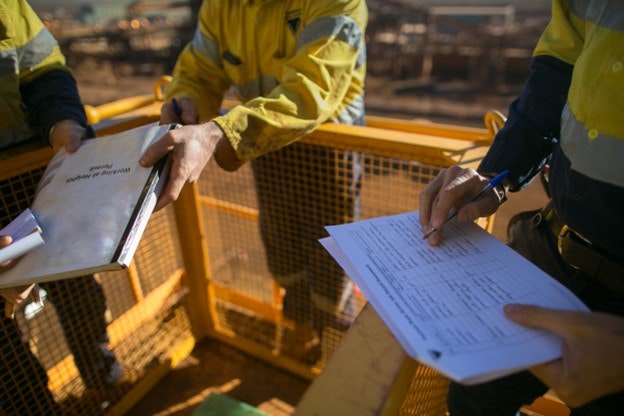Get free Health & Safety advice
Discuss your current Health & Safety concerns with a qualified adviser - for free.

Peninsula Group, HR and Health & Safety Experts
(Last updated )

Peninsula Group, HR and Health & Safety Experts
(Last updated )
Temperatures in a working environment may seem like an irrelevant topic, but it’s an important consideration as part of your health & safety regulationshttps://www.peninsulagrouplimited.com/services/health-safety/ .
Temperatures in a working environment may seem like an irrelevant topic, but it’s an important consideration as part of your Health & Safety regulations. There are considerations you need to keep in mind to ensure the safety of your employees. This guide covers everything you’ll need to do to meet the legal requirements.
Discuss your current Health & Safety concerns with a qualified adviser - for free.
So, what are the essentials you need to keep in mind?
The Health and Safety at Work Act 1974 and associated regulations require you ensure the health, safety, and welfare of your workforce while at work. They don't specify either minimum or maximum outside working temperatures.
But you do still need to keep employee well-being in mind. While there aren’t specific legal temperatures to work outside, there are important requirements in the Workplace (Health, Safety and Welfare) Regulations 1992.
The law states you have to provide a “reasonable” environment to ensure your staff members remain safe and comfortable.
So, you can keep the below in mind when looking to meet those expectations. The Workplace ACOP says that 13°C is the minimum acceptable indoor temperature where the work involves rigorous physical effort.
Outdoor temperatures across much of the country will be below 10°C for around 4 months of the year.
If you have staff members working outside in the cold or hot weather, it’s important to take the appropriate measures to ensure there aren’t unnecessary hazards. That includes temperatures that are too high or low.
The weather, of course, plays a big part in an employee’s activities.It can affect their ability to do their job properly. For example, very high and low temperatures will reduce their lifting ability.
But it can also become dangerous to their health if the situation is, for example, midday during a heatwave and too hot. There are certain duties you should carry out to minimise Health & Safety issues. These include:
You can go a step further to provide business-wide checks to establish a safe working environment before employees begin their work.
An overall Health & Safety check of your business premises can significantly reduce the risk of staff members becoming ill. The Management of Health and Safety at Work Regulations 1999 requires you to do this.
Performing risk assessments will help you reduce potential hazards. Perhaps the most common example at work is with the risk of fire. But for outside workers, keep in mind that hot environments can lead to serious health issues such as dehydration or even heatstroke.
Cold temperatures can, of course, also present issues. This may be as simple as excessive ice causing a health hazard, or freezing temperatures potentially causing hypothermia. Keep in mind thermal comfort in your assessment.
This is where an employee either feels too hot or cold due to environmental factors such as:
Remember that air temperature doesn’t indicate thermal comfort. You’ll need to consider all environmental and personal factors to understand how to approach an environment that’s too hot or too cold.
As such, you can refer to the sections below about alleviating the strains staff members may feel in either situation.
In hot working conditions, your business can adapt various cooling processes to ensure your workforce maintains a safe body temperature. Remember, too, that working in direct sunlight for extended periods of time causes damage to the skin. Problems that occur include:
You can help to limit and even remove such issues by adopting some of the following practices in your workplace:
In cooler conditions, you’ll need a different set of procedures. In extreme cases of cold, there can be instances of frostbite and hypothermia—these are very serious medical emergencies.
So it’s imperative you have the correct procedures and precautions to ensure that your employees are not at risk. These can include:
We can help your business with risk assessments and advice for outdoor working in varying temperatures. Call us now for assistance: 0800 028 2420.
Get instant, expert answers to all your HR and health & safety questions
Got a question? Check whether we’ve already answered it for you…
When AI meets 40 years of Peninsula expertise... you get instant, expert answers to your HR and Health & Safety questions
